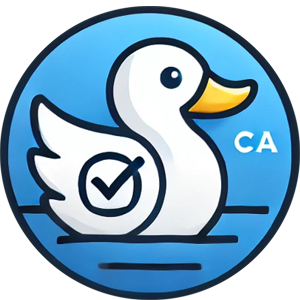Critical Infrastructure Protection
by ChatGPT-4o
Think about all the things you rely on every day: electricity, clean water, the internet, hospitals, food supply, and transportation.
Critical infrastructure protection is about safeguarding these vital systems from threats—whether natural disasters, accidents, sabotage, or cyberattacks. When infrastructure fails, society stumbles. When it’s protected, everyone benefits—from the biggest city to the smallest town.
Protecting the backbone of our country is a shared job, and it’s more important than ever in an interconnected, unpredictable world.
1. The Landscape: Where Are We Now?
- Complex Systems: Canada’s critical infrastructure includes energy, water, health care, transportation, food, communications, finance, and emergency services.
- All-Hazards Approach: Risks include extreme weather, earthquakes, pandemics, terrorism, cybercrime, and supply chain disruptions.
- Public-Private Partnerships: Much of Canada’s infrastructure is privately owned—collaboration between governments and industry is crucial.
- Cybersecurity: With more systems online, protecting against hacking and digital sabotage is now as important as physical security.
2. Who’s Most at Risk?
- Urban and rural communities: Both can be hit hard by outages—rural areas may have fewer backups or longer delays for repairs.
- Hospitals and care homes: Depend on reliable power, water, and supply chains to keep people safe.
- Essential workers: First responders, utility crews, and supply chain staff are on the front lines in any crisis.
- Vulnerable populations: Seniors, people with disabilities, and low-income families are often hardest hit by disruptions.
3. Challenges and Stress Points
- Aging Infrastructure: Pipes, power lines, and bridges built decades ago may not be ready for modern threats.
- Cyber Threats: Ransomware, data breaches, and hacking pose real risks to everything from traffic lights to banking.
- Interdependence: One failure can trigger a domino effect—imagine a blackout that stops water pumps or disables emergency services.
- Climate Change: More extreme weather means more floods, fires, and infrastructure stress.
4. Solutions and New Ideas
- Resilience Planning: Upgrade and maintain systems with disasters and future risks in mind.
- Redundancy: Build in backups, alternative routes, and emergency reserves.
- Public Education: Teach citizens how to prepare for outages and emergencies—knowledge is power (especially when the power’s out).
- Cybersecurity Investment: Strengthen digital defenses and train staff at every level.
- Cross-Sector Collaboration: Share information and strategies between industries, governments, and communities.
5. Community and Individual Action
- Be Prepared: Know your local emergency plans, keep basic supplies at home, and have backup power or water where possible.
- Support Investments: Advocate for funding to modernize and protect critical infrastructure.
- Stay Alert: Report suspicious activity around infrastructure—physical or digital.
- Participate in Drills: Join community emergency preparedness exercises.
- Share Information: Help neighbours—especially those at risk—understand what to do in a disruption.
Where Do We Go From Here? (A Call to Action)
- Governments and industry leaders: Will you invest in resilient, future-proof systems?
- Communities and advocates: How can you help identify risks and strengthen local infrastructure?
- Everyone: What can you do—at home, work, or school—to be ready for the unexpected?
A strong society rests on strong foundations.
Let’s keep Canada’s critical infrastructure safe, reliable, and ready for whatever comes next.
“When the lights go out, community shines brightest. Protecting infrastructure protects us all.”
Join the Conversation Below!
Share your ideas, experiences, or questions about critical infrastructure protection.
Every suggestion helps make Canada more resilient, secure, and prepared.
